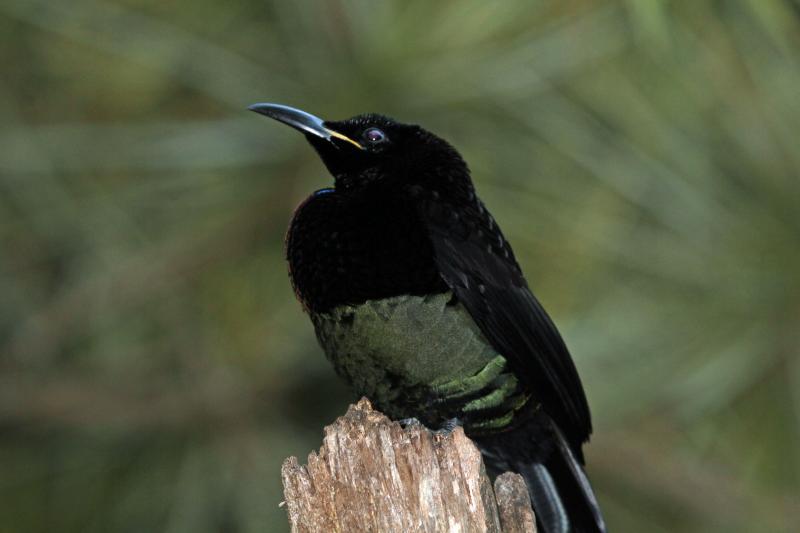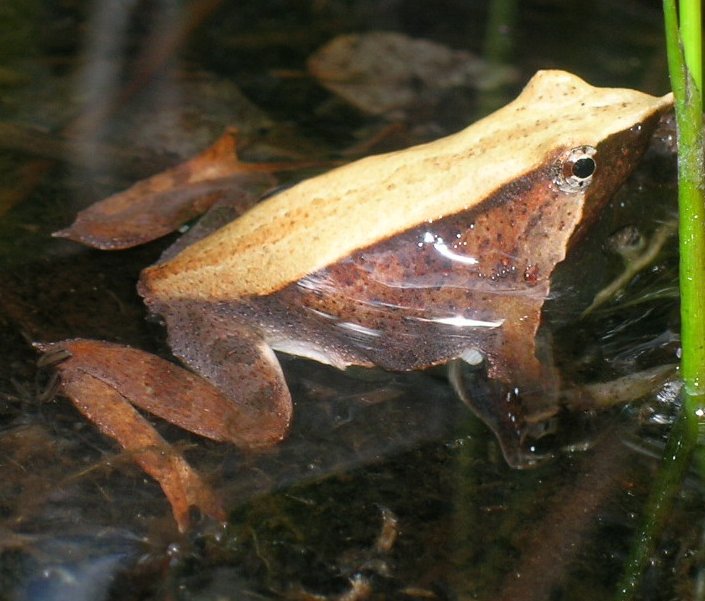When I had my first daughter, my good friend biologist and writer Joe Levine wrote me an email congratulating me on my fitness. He wasn’t the only one. With colleagues and friends gathered over a career in evolutionary biology, notes commenting on my successful passing on of my genes were pretty commonplace. (Note to Hallmark: There is a niche market here.) Now, carrying and birthing a child are definitely physical feats, but I can promise you, I was not at the time, nor am I now, nor will I ever be, someone that evokes pats on the back for embodying the classic, everyday definition of “fit.” So what gives? Well, like so many terms in evolution, there’s a special scientific meaning for “fitness,” and confusion between the common and scientific meanings causes a lot of misunderstanding. So let’s try to clear it up, shall we?
Misconception: The “fittest” individuals in a population are the healthiest, strongest, biggest, fiercest, and/or fastest.
Correction: The “fittest” individuals in a population are those that pass their genes on with the greatest frequency.
The roots of this misconception are pretty obvious. In common parlance, “fit” individuals are strong, healthy, fast, and agile. When you look at the sinewy power or brute strength of many animals, from antelope and cheetahs to rhinoceroses and elephants, “fit” seems a very apropos word. But evolutionary fitness is not something that can be assessed by acts of physical prowess—at least, not physical prowess alone.

An individual that is evolutionarily fit is one that has the characteristics necessary to get their genes into the next generation. That means that evolutionarily fit individuals are ones that more often than others in the population, survive long enough to find a mate and reproduce successfully. Notice that there are actually three interconnected factors that feed into fitness: survival, mate-finding, and reproduction. All three have a role in fitness. If you can’t find a mate, you can’t pass on your genes; surviving and finding mates won’t matter if you can’t produce viable offspring; and finding a mate and reproducing are moot if your offspring don’t survive to maturity.
 Now that we all understand what it means to be evolutionarily fit, let’s consider what it takes to be fit. The answer? It depends. Meeting the survival requirement could mean anything from having effective camouflage and keen senses to avoid predation to possessing an altered membrane that helps resist the effects of antibiotics. If it’s a trait that helps an organism stay alive, it’s part of the equation.
Now that we all understand what it means to be evolutionarily fit, let’s consider what it takes to be fit. The answer? It depends. Meeting the survival requirement could mean anything from having effective camouflage and keen senses to avoid predation to possessing an altered membrane that helps resist the effects of antibiotics. If it’s a trait that helps an organism stay alive, it’s part of the equation.
When it comes to attracting a mate, again, there is some variety. Male peacocks flaunt a super-long tail that pretty much makes all aspects of their life unrelated to catching a peahen’s eye pretty difficult. Birds of paradise demonstrate dance moves that would make Travolta jealous. Plants that get assistance from pollinators that play sperm-egg matchmaker boast some pretty extreme adaptations, too, from flowers that emit the stench of decaying flesh to flowers that look like the nether regions of lady wasps to attract gentlemen wasp callers.
 Variety remains the rule when we consider reproduction. Sea turtles migrate half way around the world to lay their eggs; female Surinam toads embed fertilized eggs in their backs until they erupt through the skin; and (not to be outdone by the ladies) male Darwin frogs gestate their young in their throats until they burp them out.
Variety remains the rule when we consider reproduction. Sea turtles migrate half way around the world to lay their eggs; female Surinam toads embed fertilized eggs in their backs until they erupt through the skin; and (not to be outdone by the ladies) male Darwin frogs gestate their young in their throats until they burp them out.
So what have we learned so far, besides nature is weird? Hopefully, we’ve learned that what it takes to be “fit” varies widely from organism to organism. I mean, the ability to burp out your babies is not exactly covered under strong/big/fierce/fast, right? If you’re a teacher, you can take a minute any time you’re discussing an organism to ask your students what traits are contributing to said organism’s fitness. Bonus points for doing that not just with animals, but with plants, fungi, and “little stuff” like euglenas, yeast, and bacteria. Remind your students that the characteristic(s) in question can be one that contributes to any combination of survival, mate-finding, and reproduction.
Pop quiz! Asexually reproducing organisms don’t have to find mates—does that mean they don’t have fitness? Explain your answer.
(Sorry, I used to write assessments. Old habits die hard.)

